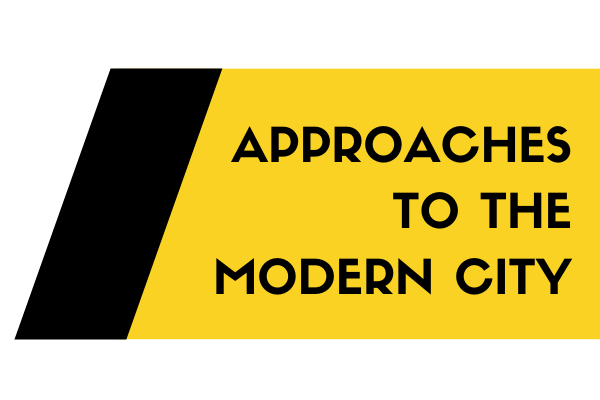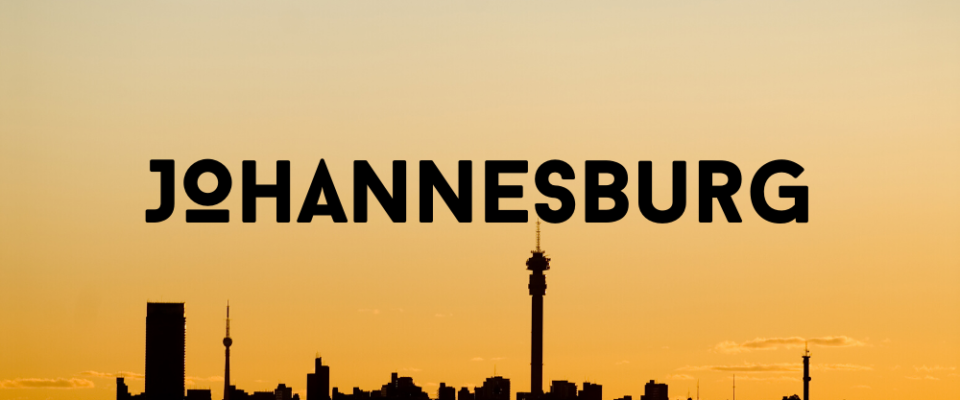By Jane Hutton
The city we know today as Johannesburg was established relatively recently. However, humans have been in the area for much longer. The Gauteng province is one of the disputed locations known to be a “cradle of mankind,” with fossil evidence of early humans more than two million years old. More recently, the Sotho-Tswana communities that settled in the region were driven away by the early 19th-century as a result of the Zululand wars. The actual city of Johannesburg was not founded until 1886, shortly after the discovery of gold on a farm in the Witwatersrand hills, which resulted in the rapid growth of the city. Within 10 years of the city’s establishment, Johannesburg already had a population of 100,000. Over 130 years after its founding, Johannesburg is the largest and most populous city in South Africa and holds status as a so-called “global city.”
Since it is a relatively young city, the history of Johannesburg has been greatly impacted by the apartheid government of South Africa that lasted from 1948 until the early 1990s. Over two decades after the first democratic elections in South Africa, the legacy of apartheid can still be felt in many ways in the city of Johannesburg. Over the past several months, I have researched a few of these various domains to understand their histories and how they shaped the city. Though there are many more topics to be explored from the history of Johannesburg, my research on the city has been focused on its slums and informal settlements, how the local government used survey data in policy-making, and one personal narrative of the city from a former-resident.
The story of informal settlements in Johannesburg is one that can be traced all the way back to the city’s founding. Through a sequence of events influenced by political, economic, and social interests, inner-city slums in Johannesburg were razed and townships on the outskirts of the city created to house the displaced slum-dwellers. In this way, the oppressive laws of apartheid were physically reinforced in the city’s built environment, the legacy of which can still be seen in Johannesburg today despite the democratization of the country.
Similarly, racist ideology not only guided the apartheid regime’s use of survey data, but it also informed the democratic government’s relationship to population data by way of its rejection of apartheid racism. That is to say, the apartheid government utilized data as a means of control and repression, resulting in the democratic government’s refusal to establish a health policy-approach, specifically concerning HIV/AIDS, based on survey data that it viewed to be promoting neo-colonial idea of African sexuality. Only more recently has Johannesburg successfully begun to address the public health issue after years of denialism dominated policy-making.
Lastly, I explore what can be learned about Johannesburg from the perspective of its residents. The unique upbringing of South African comedian Trevor Noah, as described in his memoir Born a Crime, tells an interesting story of a country in transition that cannot be understood from official historical documentation alone. Among other topics, Noah discusses the ways in which ethnic conflict, segregation, and language impacted his childhood and adolescence in a thoroughly moving, and often comical, personal narrative.

